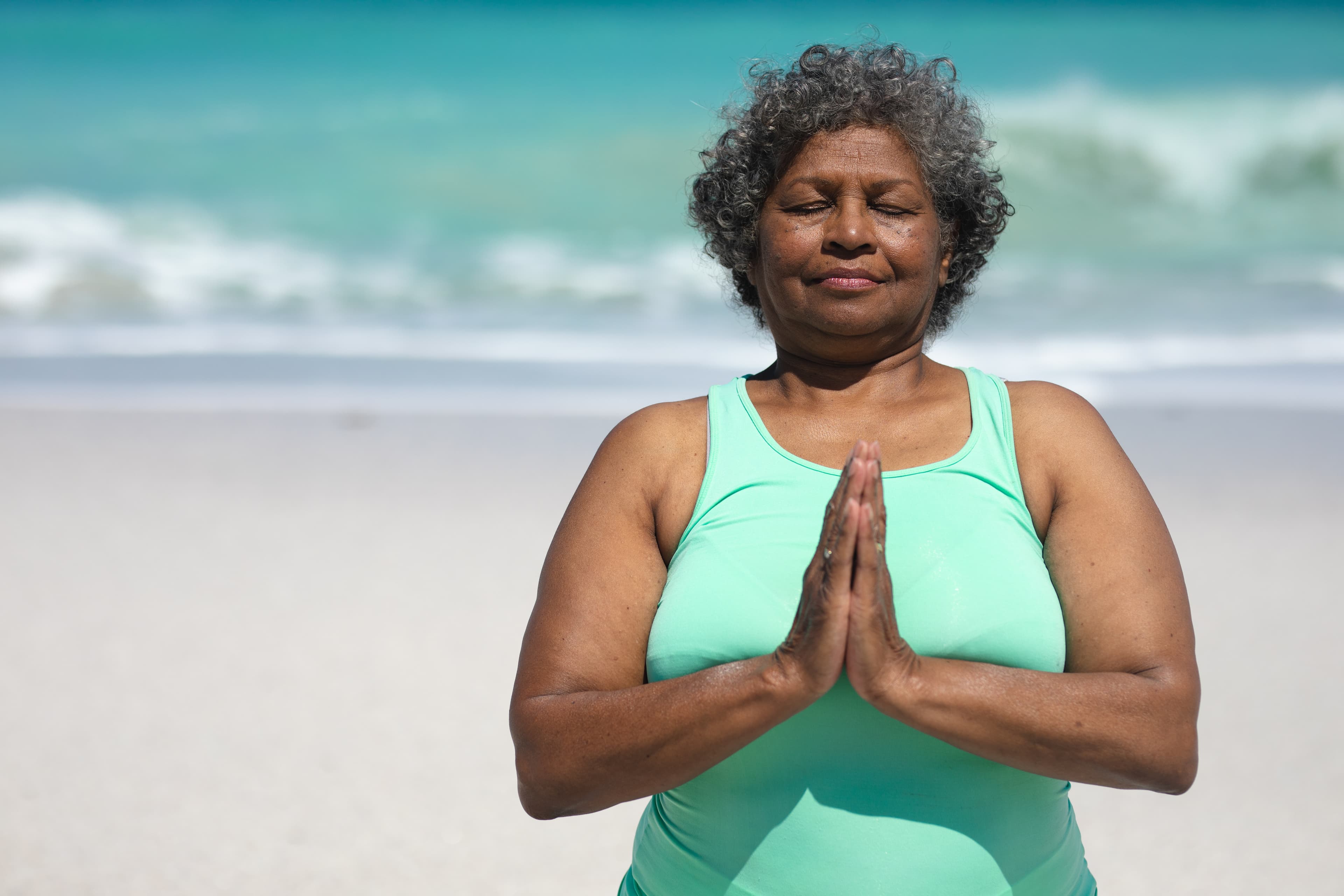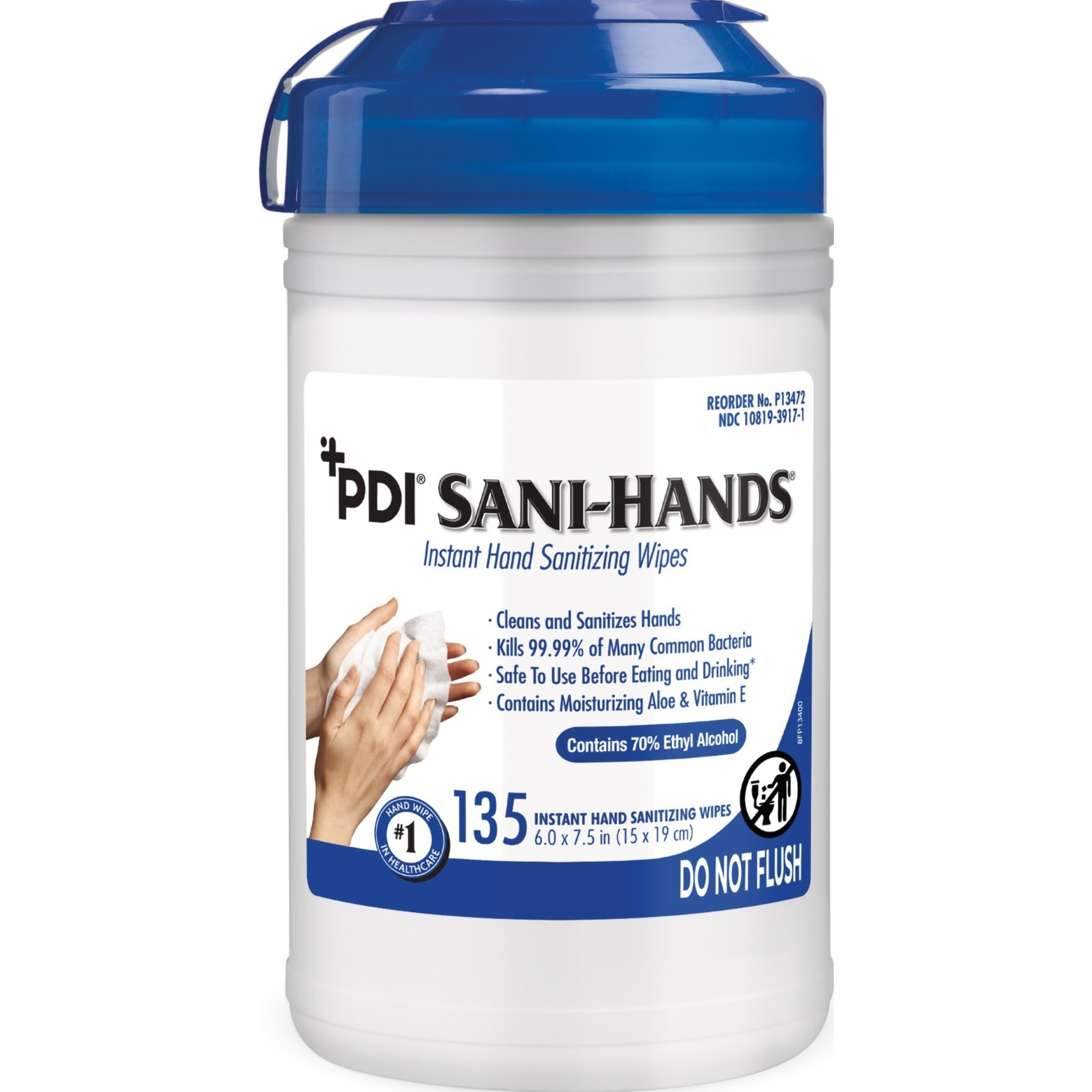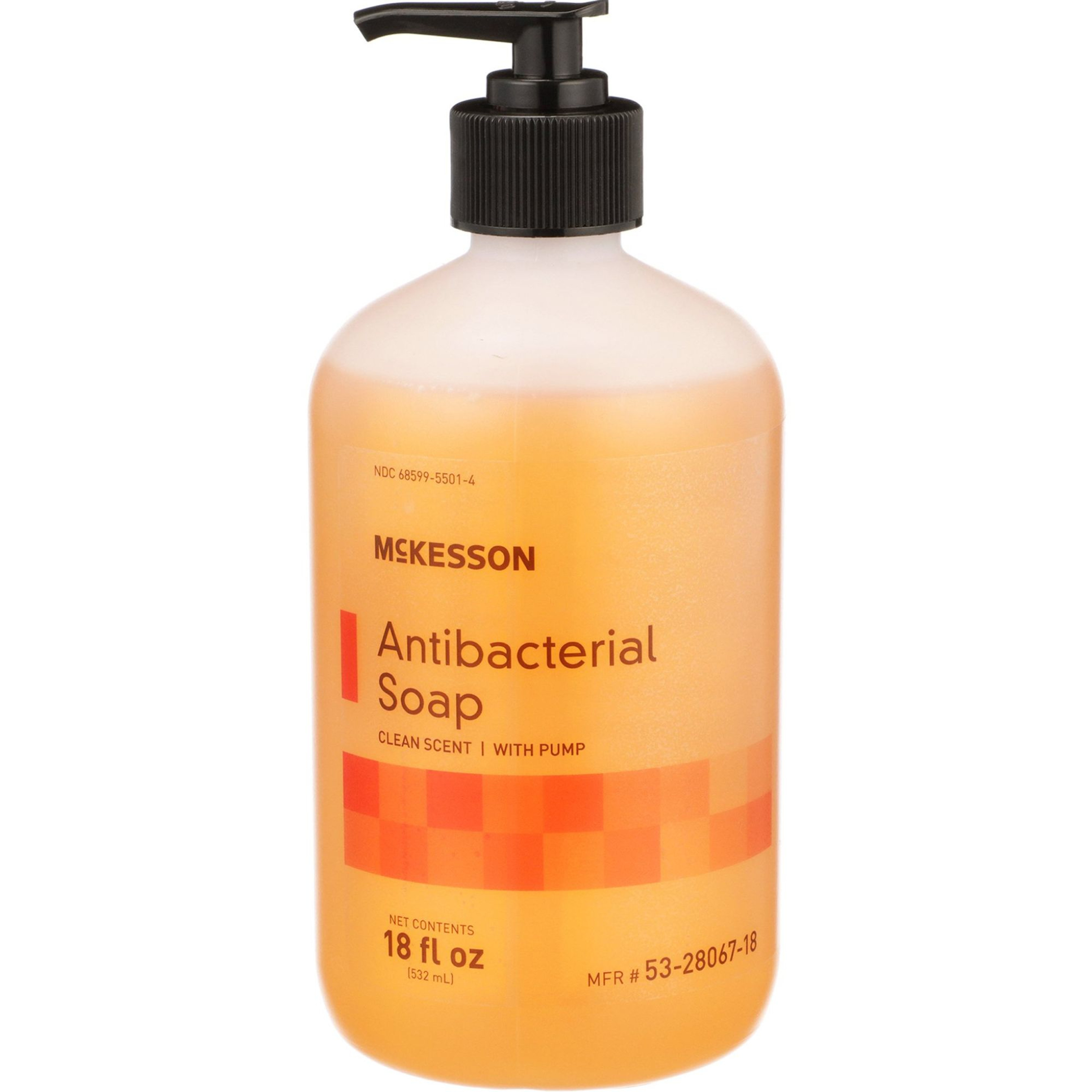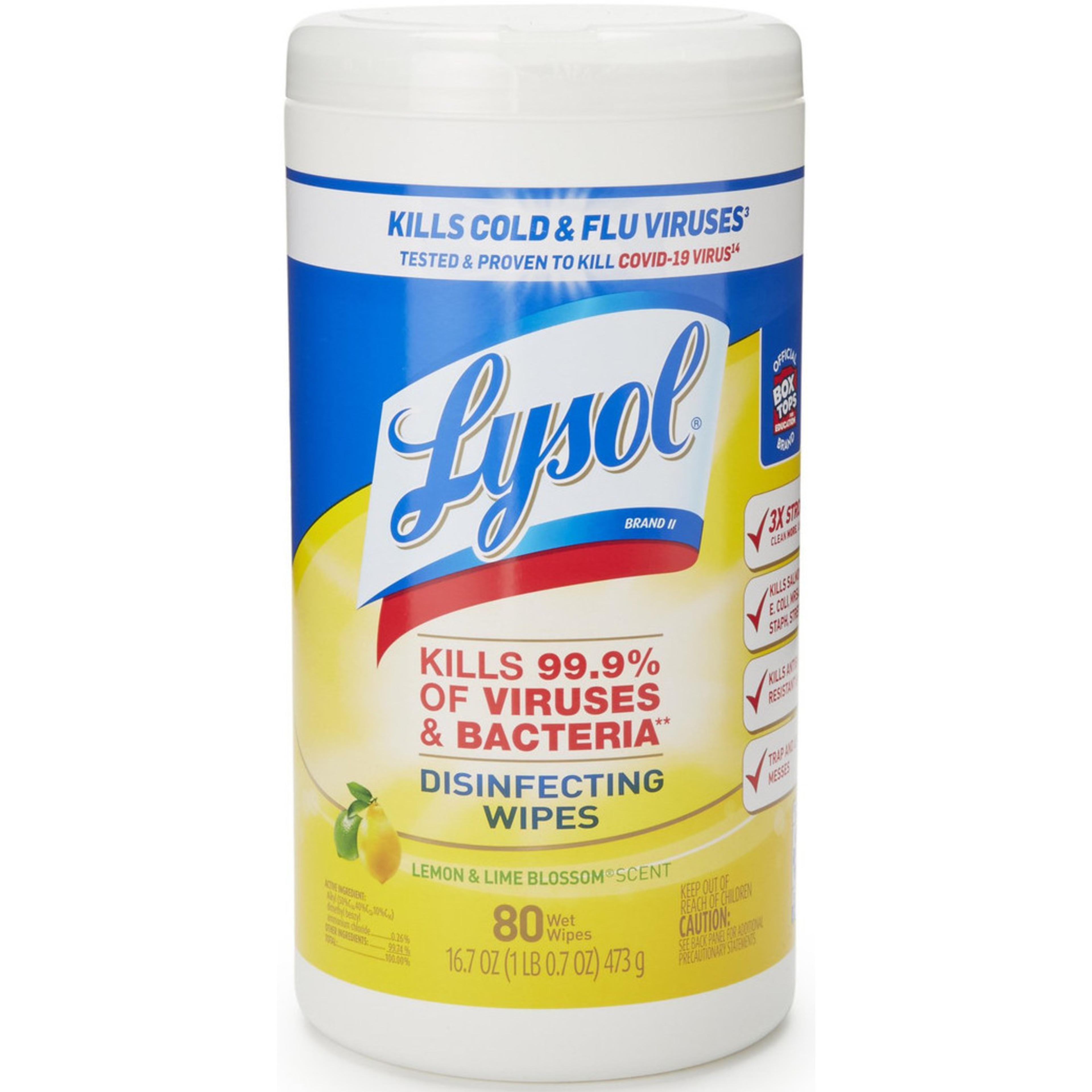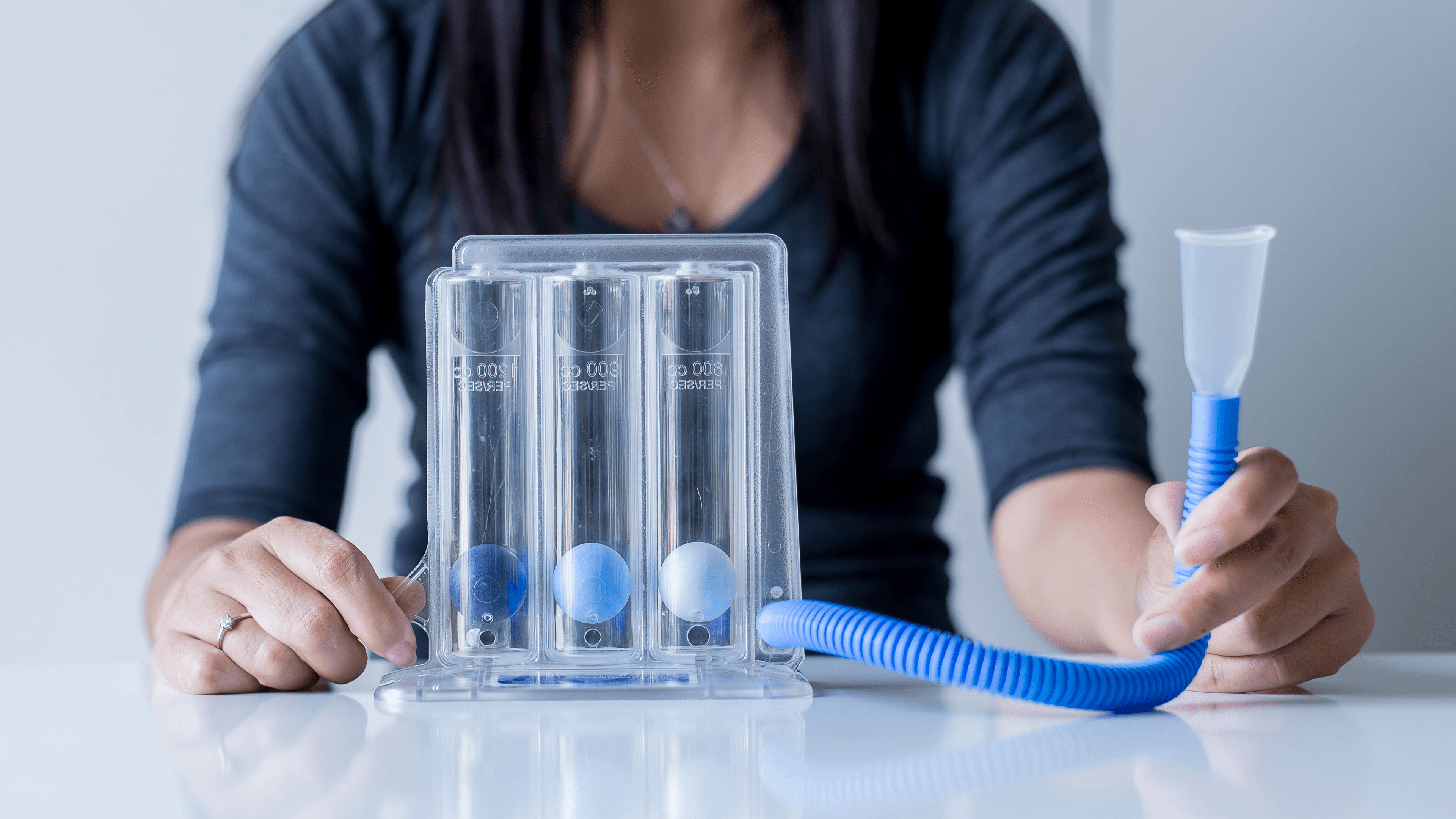How to Improve Lung Health - A Step-by-Step Guide
It’s easy to take your respiratory health for granted. When your lungs are healthy, taking a breath doesn’t require any thought. But certain health conditions, like asthma, chronic obstructive pulmonary disease (COPD), emphysema, and other types of lung disease make breathing difficult. Getting older also affects lung function, making it harder to get the oxygen you need.
If you or your loved one have respiratory issues, it’s important you take steps to prevent them from getting worse. Fortunately, there are various things you can do to improve your lung health. Below, we provide an easy step-by-step guide.
What You’ll Need
Improving your lung health doesn’t require special equipment. Most of the steps highlighted in this article can be done by changing habits.
If you live in an area with high pollution or you don’t have air conditioning, you might benefit from air filters or air purifiers, but these tools aren’t always needed.
Under the steps that mention special equipment, you’ll find the heading recommended products. There, we make simple suggestions.
Why Is Lung Health So Important?
Your lungs are some of the most important organs in your body.
“When your lungs are healthy, they support the delivery of oxygen to all your body’s cells and remove waste gasses like carbon dioxide,” said Sean Marchese, MS, RN, a registered nurse at The Mesothelioma Center. “This supports your energy levels, allows you to exercise, and helps you maintain a healthy immune system.”
Aging causes the respiratory system to undergo changes that can affect its function. For example, Marchese says that as you get older, the elasticity of your lung tissue decreases, making it harder for them to expand and contract efficiently.
Aging also makes the lungs more susceptible to infections, respiratory diseases, and other conditions. But there are proactive steps you can take to keep your lungs healthy.
Steps to Improve Lung Health
Step 1: Eat a Healthy Diet
Specific foods can’t improve lung function on their own. But a nutritious and well-balanced diet can indirectly support your respiratory system.
Marchese recommends focusing on three types of foods, in particular:
Fruits and Vegetables. Berries, citrus, leafy greens, and bell peppers are loaded with antioxidants, like vitamin C, which can help protect your lung tissues from damage caused by harmful molecules called free radicals.
Foods with omega-3 fatty acids. Fatty fish (like salmon and mackerel), flaxseeds, and walnuts are rich in omega-3 fatty acids. Omega-3s have anti-inflammatory properties which may reduce the risk of conditions like asthma and COPD.
Whole grains. Whole grains are packed with fiber, but they also provide essential nutrients that support your heart. Marchese says that this indirectly benefits your respiratory system.
Recommended Products: Bulk Whole Grains (Quinoa and Old Fashioned Oats)
Step 2: Exercise Regularly
Exercise increases your heart and respiratory rate, which makes your heart and lungs more resilient. It increases blood flow, strengthens lung tissues, and improves lung capacity and efficiency.
If you have mobility issues, ask your doctor about exercises that are safe for your current fitness level. Marchese recommends aiming for “moderate-intensity aerobic activities, like walking, swimming, or cycling.” These activities can remove waste and congestion from the lungs, strengthen and tone your diaphragm, and benefit your entire body.
Step 3: Quit Smoking and Vaping
Smoking and vaping irritate your lungs causing inflammation and damage. Cigarettes and e-cigarettes also contain tar and other chemicals, making it harder for your body to access and use oxygen efficiently. Secondhand smoke is just as dangerous.
Quitting smoking is one of the best decisions you can make. After just five years of not smoking, the risk of certain cancers drops by half. Quitting isn’t easy. If you’re having a hard time quitting, ask for help. Talk to your doctor or a respiratory therapist. There are even resources, like smokefree.gov, to help you stay on track.
Step 4: Limit or Avoid Alcohol
Alcohol damages your liver and kidneys, but it also affects your lungs. According to Marchese, excessive alcohol intake can impair lung function and weaken your immune system. This makes it harder to breathe and puts you at risk of respiratory infection.
To reduce potential harm from alcohol, follow the CDC’s guidelines. Men can drink two or fewer alcoholic beverages per day, while women should have one drink or less.
Step 5: Maintain a Healthy Weight
Being overweight affects your mobility and increases your risk of certain health problems. It also makes it harder to breathe.
Excess weight on your chest, neck, and abdomen affects your ability to inhale deeply. It can also affect your hormone levels, increasing the risk of sleep disorders, like obstructive sleep apnea.
Losing weight can be challenging, so don’t be afraid to ask for help. “Your doctor can develop an exercise and diet plan that helps you achieve and maintain a healthy weight,” Marchese said.
Step 6: Keep the Air Inside Your Home Clean
Pollutants like cigarette smoke, pollen, and pet hair can irritate your lungs and make it harder to breathe. Thankfully, there are steps you can take to keep the air inside your home clean and pollutant-free.
For example:
If someone you live with smokes or vapes, ask them to do it outside.
If you don’t have air conditioning, and keep your windows open during the summer, buy an air purifier with high-efficiency particulate air (HEPA) filter.
When cleaning or doing yard work, wear an N-95 mask.
Use indoor plants as natural air filters.
Regularly bathe and groom pets to keep shedding to a minimum.
In addition, regularly change your home’s air filters. Some high-quality filters can last 3-6 months, but as a general rule of thumb, check them every 30 days.
Recommended Products: Honeywell True HEPA Compact Tower Air Purifier, N-95 Masks
Step 7: Get Vaccinated
The older you get, the more likely you are to develop respiratory infections, like bronchitis and pneumonia. You can’t prevent these issues altogether, but getting vaccinated can reduce your risk. That’s particularly true if you’re 65 or older.
Every fall, get a flu shot and COVID-19 vaccine. You might also need a pneumonia vaccine, depending on your age and health history.
Step 8: Practice Good Hygiene
One of the easiest ways to protect your lungs and respiratory system is to practice good hygiene. Whenever you return home from errands or visiting friends, wash your hands with warm water and antibacterial soap for at least 20 seconds.
Wipe down high-touch surfaces, like doorknobs, railings, and kitchen counters, with cleaning wipes. If you’re feeling sick, stay home and avoid contact with others. Likewise, avoid large crowds during cold and flu season.
Recommended Products: Hand Sanitizer, Hand Soap, Antibacterial Wipes
How to Improve Lung Health - Commonly Asked Questions
1) What are the common symptoms of poor lung health?
Marchese says that respiratory problems present various symptoms, including:
Persistent coughing or wheezing
Shortness of breath
Difficulty breathing, especially during regular exercise or other physical activity
Chest pain or tightness
Recurrent respiratory infections or pneumonia
If you or your loved one experience these or similar symptoms, seek medical attention. “A healthcare professional can evaluate your symptoms, perform necessary tests, and provide appropriate guidance or treatment,” said Marchese.
2) Can damaged lungs repair themselves?
There’s no way to reverse permanent damage, like scarring. But your lungs are very resilient. Several scientific studies have found that the lungs can repair and even regenerate damaged or lost cells. There’s hope, even if you’ve smoked for years. Lung function often begins to improve within two weeks of quitting smoking.
3) How long does it take to improve lung health?
The time it takes to improve the health of your lungs depends on your age, the severity of your symptoms, and your general well-being. If you follow your doctor’s instructions and commit to a treatment plan, you may have increased lung capacity in as little as a month. Everyone is different. Be patient and listen to your doctor’s recommendations,
Takeaways
If you want to keep your lungs healthy, eat a balanced diet, exercise regularly, quit smoking, keep the air quality inside of your home clean, and practice good hygiene.
“Small lifestyle changes and preventive measures can go a long way in supporting healthy lungs and overall well-being,” Marchese said.
Need Help?
Have other questions about lung health? Get in touch! Our friendly Care Specialists are familiar with all of the products we carry and will be happy to make recommendations or suggestions.
We’re here to assist. Call (800) 696-CARE or send an email to support@carewell.com.

